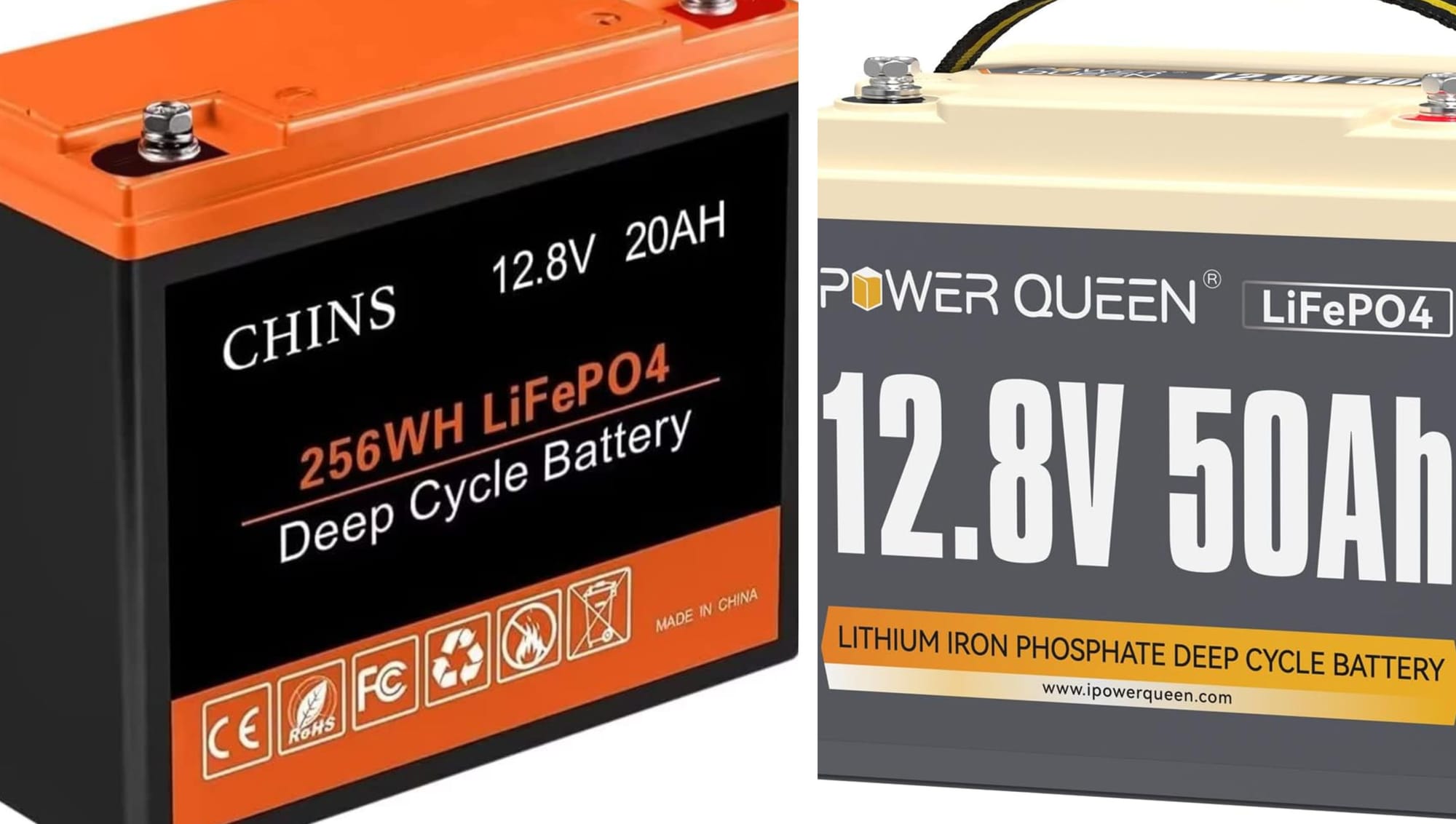Why LFP Batteries Could Drain So Fast
LFP batteries, despite their safety and longevity, can sometimes drain faster than expected due to several factors.

Key Takeaways:
- Understanding LFP Batteries: Learn the basics of Lithium Iron Phosphate (LFP) batteries and their common applications.
- Factors Affecting Battery Drain: Discover the primary reasons why LFP batteries might drain faster than expected.
- Maintenance Tips: Get practical advice on how to extend the life of your LFP batteries.
Introduction to LFP Batteries
Lithium Iron Phosphate (LFP) batteries are a type of lithium-ion battery known for their stability and long cycle life. They are commonly used in electric vehicles, solar energy storage systems, and various portable electronics. Despite their advantages, users often report that these batteries can drain faster than anticipated. Understanding why this happens is crucial for optimizing their performance.
The Chemistry Behind LFP Batteries
LFP batteries use lithium iron phosphate as the cathode material, which offers several benefits, including thermal stability and safety. However, the energy density of LFP batteries is generally lower compared to other lithium-ion batteries. This lower energy density can contribute to faster battery drain, especially in high-demand applications.
Common Applications of LFP Batteries
LFP batteries are widely used in electric vehicles (EVs) due to their safety and long cycle life. They are also popular in renewable energy storage systems, where they store energy generated from solar panels or wind turbines. Additionally, LFP batteries are found in various consumer electronics, such as laptops and smartphones.
Factors Affecting Battery Drain
Several factors can cause LFP batteries to drain faster than expected. These include high discharge rates, extreme temperatures, and improper charging practices. Understanding these factors can help users take steps to mitigate rapid battery drain.
High Discharge Rates
One of the primary reasons for fast battery drain is high discharge rates. When an LFP battery is subjected to a high discharge rate, it depletes its stored energy more quickly. This is particularly common in applications that require a lot of power in a short amount of time, such as electric vehicles during acceleration.
Extreme Temperatures
Temperature plays a significant role in the performance of LFP batteries. Extreme cold can reduce the battery's capacity, while extreme heat can accelerate the degradation of the battery's components. Both scenarios can lead to faster battery drain and reduced overall lifespan.
Improper Charging Practices
Improper charging practices can also contribute to rapid battery drain. Overcharging or undercharging an LFP battery can cause it to lose capacity over time. Using the wrong type of charger or charging at incorrect voltages can further exacerbate this issue.
The Impact of Aging on LFP Batteries
As LFP batteries age, their capacity naturally decreases. This is due to the gradual degradation of the battery's internal components. Older batteries will drain faster than newer ones, even under the same usage conditions. Regular monitoring and maintenance can help mitigate this effect.
The Role of Battery Management Systems (BMS)
A Battery Management System (BMS) is crucial for maintaining the health of LFP batteries. A BMS monitors the battery's state of charge, temperature, and other critical parameters. It can help prevent issues like overcharging and overheating, which contribute to faster battery drain.
Environmental Factors
Environmental factors such as humidity and altitude can also affect the performance of LFP batteries. High humidity can lead to corrosion of the battery's internal components, while high altitude can impact the battery's ability to deliver power efficiently. Both factors can contribute to faster battery drain.
User Habits and Battery Drain
User habits play a significant role in the lifespan and performance of LFP batteries. Frequent deep discharges, leaving the battery in a discharged state for extended periods, and using the battery in high-drain applications can all contribute to faster battery drain. Educating users on best practices can help extend battery life.
The Importance of Regular Maintenance
Regular maintenance is essential for keeping LFP batteries in optimal condition. This includes periodic checks of the battery's state of charge, cleaning the terminals, and ensuring that the battery is stored in a cool, dry place. Proper maintenance can help mitigate many of the factors that contribute to rapid battery drain.
Case Study: Electric Vehicles and LFP Batteries
Electric vehicles (EVs) are one of the most common applications for LFP batteries. A case study involving a fleet of electric buses found that those with LFP batteries experienced faster battery drain during peak usage times, such as rush hour. This was attributed to high discharge rates and frequent acceleration and deceleration.
Case Study: Renewable Energy Storage
In renewable energy storage systems, LFP batteries are used to store energy generated from solar panels. A case study of a residential solar energy system found that the LFP batteries drained faster during periods of high energy consumption, such as during the evening when household appliances were in use. This was due to the high discharge rates required to meet the energy demand.
Practical Tips for Extending Battery Life
To extend the life of LFP batteries, users should follow several practical tips. These include avoiding high discharge rates, keeping the battery within its optimal temperature range, and using a compatible charger. Regular maintenance and monitoring can also help identify potential issues before they lead to faster battery drain.
Choosing the Right Charger
Using the right charger is crucial for maintaining the health of LFP batteries. Chargers designed specifically for LFP batteries can help prevent issues like overcharging and undercharging. Users should always refer to the manufacturer's guidelines when selecting a charger.
Monitoring Battery Health
Regularly monitoring the health of LFP batteries can help identify potential issues before they become serious problems. This includes checking the battery's state of charge, temperature, and overall capacity. Many modern devices come with built-in monitoring systems that can provide real-time data on battery health.
The Future of LFP Batteries
The future of LFP batteries looks promising, with ongoing research aimed at improving their energy density and overall performance. Advances in battery technology could help mitigate some of the factors that contribute to faster battery drain, making LFP batteries an even more attractive option for various applications.
Summary
LFP batteries are a popular choice for many applications due to their stability and long cycle life. However, several factors can cause these batteries to drain faster than expected. High discharge rates, extreme temperatures, improper charging practices, and aging are some of the primary reasons for rapid battery drain.
If you understand these factors and follow best practices for maintenance and usage, click the button below to see our top picks. This will help you extend the life and optimize the performance of LFP batteries.

